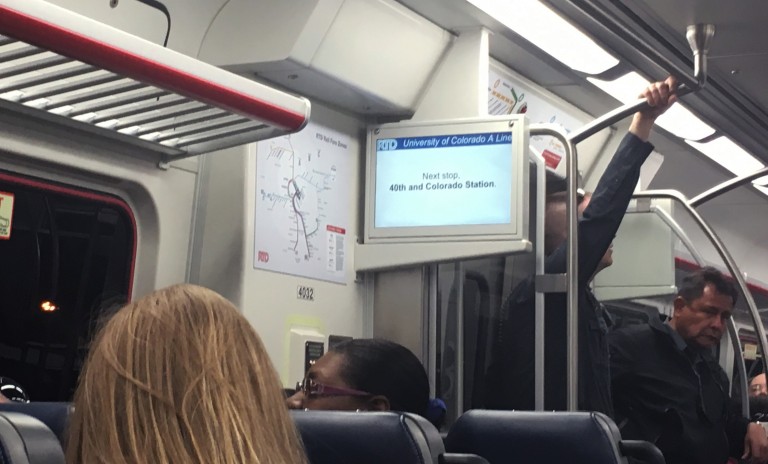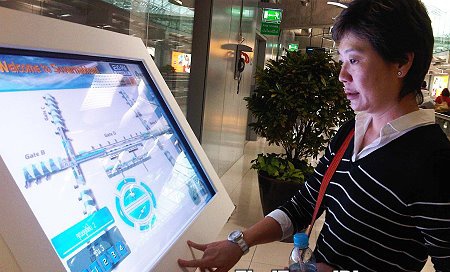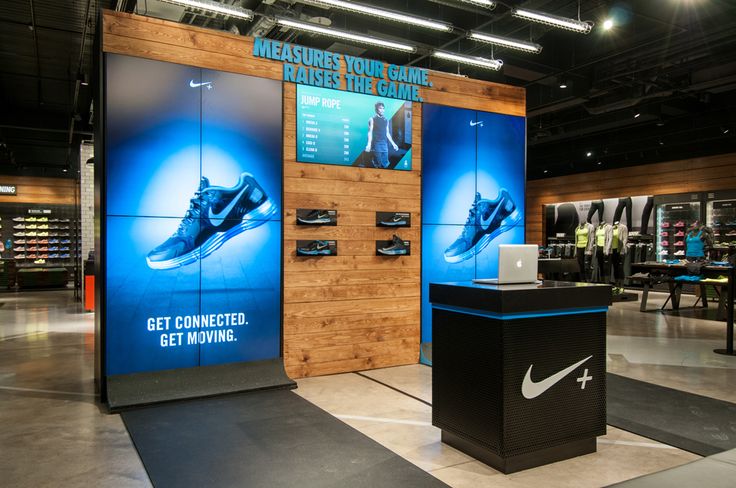Do a quick search for ‘Employee Communications Consulting’ on LinkedIn and you’ll find people with degrees from Hooters to Harvard. “Oh, you’re a ‘chest’ consultant? I see…” Well, I suppose there might be an opportunity there.
So when I suggest that consulting might be helpful to customers exploring new digital signage applications, or expanding their existing network, I do so with a hearty nod to those skeptics who didn’t even open this article. Here at Creating Margin, we think implementing digital signage warrants an investment in Employee Communications Consulting to determine how that implementation will work.
Here are five traits to look for in any consultant for digital signage customers.
An Employment History In Digital Signage
An expert in any field should have first-hand knowledge of the digital signage landscape. While the age of the digital signage industry (perhaps more than 15 years) may give the impression that it is mature, in fact, the landscape is very pre-consolidation. Indeed, while revenues are at all-time highs and growing as the world economy improves, there are few industry standards in place to establish terminology, common do’s and don’ts, as well as consolidate to the true industry leaders. While some entities offer industry certifications (consider www.DSEG.com, which offers a valuable primer and expert courses), rarely can one replace the knowledge acquired from implementing a solution from conception to installation.
With these first-hand insights, your consultant will be better able to steer you in a particular, reasoned direction based on successes and failures of past implementations. In a variation of Wayne Gretzky’s famous quote “I skate to where the puck is going to be, not where it has been,” Robert Koolen of Koolen & Associates advises that “in order to skate to where the puck is going, you still need to understand where it has been.”
Deep Technical Knowledge Of Solutions
A non-technical consultant in digital signage may be nothing more than a grizzled sales veteran with a sack of industry catchphrases. While strategic or managerial guidance is no doubt helpful to many organizations, to me management consulting rings too much of McKinsey and Company, and too little of “let’s get this piece of glass displaying the right content.”
At the end of the day, implementing a successful digital signage network requires some very specific technical input, well-defined requirements (a business problem to solve, let’s say), and a steady, confident hand in execution.
An Independent Outlook On Hardware And Software Options
Perhaps finding an unbiased consultant is intuitive to some, but many digital signage customers rely on insights from persons with a financial interest in selling a particular hardware or software product. Instead, look for an expert who is deeply familiar with all elements of a digital signage solution (from pricing to support functionality), and lean on their recommendations.
Put it this way, if you ask that CUTCO knife salesman at your door about the best way to prepare your favorite meal, do you think he’ll recommend using anything from competing WUSTHOF? No, you can be sure that all the components of that meal will be sliced, diced, and cooked with CUTCO tools. Not surprising; that salesman may never have used anything else!
The reality in this fragmented world of digital signage is that each product or service provider excels in a particular niche. Even the best software providers may lack competencies in their order fulfillment processes. What we’re suggesting is a sort of best-of-breed selection process, and to ensure that these pieces are compatible you’ll again need to look to your consultant. To be clear, we’re not suggesting that you should use 5 different software platforms to meet your requirements, that is impractical. Even so, you’ll be better off finding someone with knowledge of those 5 platforms, and no commission incentive, to speak with about your project.
A Broad Network In The Field
We’ve agreed that buying recommendations without rollout is like throwing coins into the ocean thinking it’s a wishing well – your execution will start and end a bit off target. One of the most important traits of a reputable digital signage consultant is a broad network of associates – spread out both in expertise and in a geographic area- around the world.
Once ideas have been wire framed and networks have been diagrammed, the rubber has to meet the road with a network of A/V installers to realize the vision and get the hardware mounted and displaying content. Your consultant should be connected enough to offer specific names of companies that can play a part in the rollout in each region. Mike Shanley of Denver-based KonektId (pronounced “connected”) says that “in our global economy where even the smallest villages can be accessed remotely through the internet, the core of the international business is still based on strong personal relationships.” Shanley continues that “you can learn about a new market through Google, but it is not a replacement for established local relationships.”
A Global Outlook And Background
It goes without saying that the world is shrinking, that social networks and company cultures cross borders, and that languages may be the last frontier of truly global enterprises. But there will always be peculiarities in our “cultural norms” and different contributions from team members based on background and origin.
In their book “Building Cross-Cultural Competence”, Hampden-Turner and Trompenaars speak to the difficulty of delegating work across different in-country teams. Figuring out who is best positioned to succeed in a given assignment (whether short or long term, local or foreign) is a subjective measurement.
Each team member’s contribution must be evaluated from experience. A global view of cultural strengths can move us in the right direction in this analysis. Take the Dutch speed skating team in the Sochi Olympics for example – clearly, they have the special sauce when it comes to their sport. Do the Dutch have particular strengths in content creation or a unique software offering? For that, you’ll have to ask a digital signage consultant!
Lean on a consultant with these traits, and you’ll find digital signage to be an integral part of your IT and communications systems.








